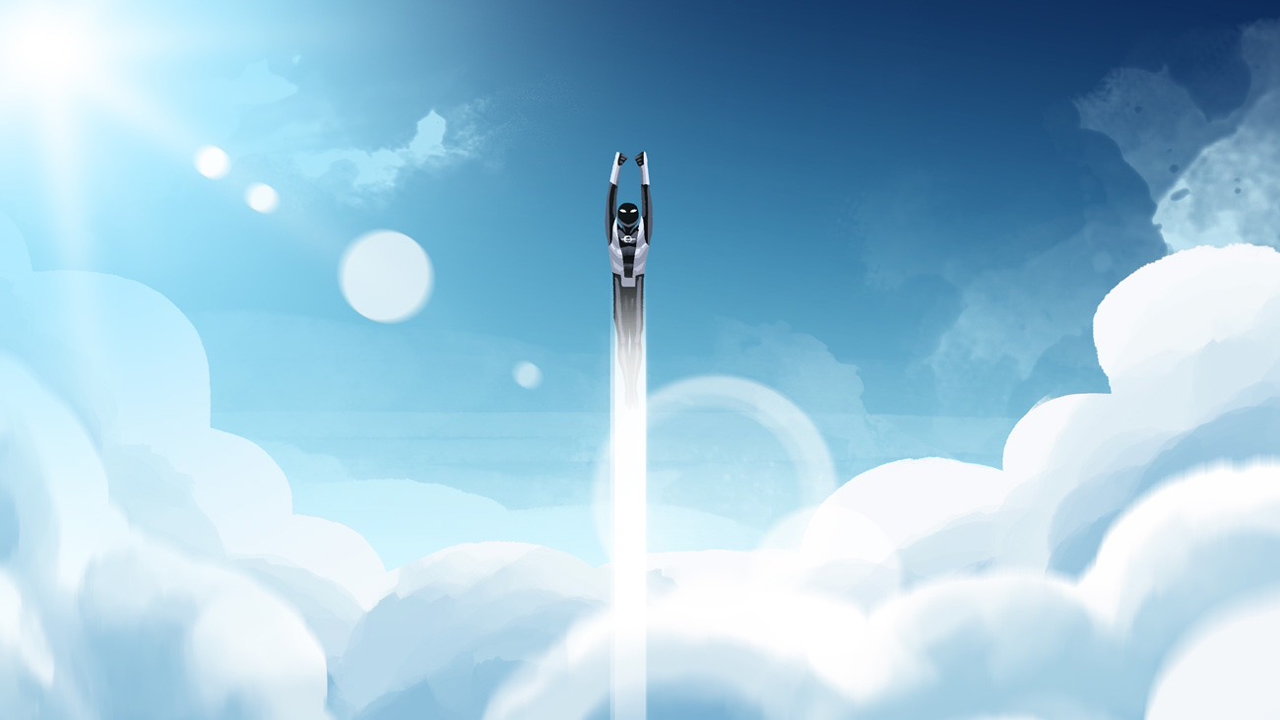
Take equal parts friendly neighborhood Spider-Man stopping bank robbers with galactic adventures of the Silver Surfer, and you have Kyle Higgins and Marcelo Costa's upcoming Image title Radiant Black. Announced as part of Image Comics' February 2021 solicitations, Radiant Black is Higgins's love letter to the likes of Kamen Rider and Ultraman - which he co-writes for Marvel along with Mat Groom -and wants to bring more of that flavor with his new series.

Higgins takes on this new creator-owned effort after expanding, and in fact, creating new mythology for the Power Rangers, and with Radiant Black he wants to create a new world with just as much mythos.
"I'm in this book for the long haul," Higgins tells Newsarama. "There's so much I want to do with it, and I hope we get that long run."
Newsarama spoke with Higgins about the new series, where the inspirations came from, the creative process behind the designs, working with artist Marcelo Costa, and hoping fans of tokusatsu material dig it as well. Higgins has also provided Newsarama with exclusive designs and concepts from Costa's process of the Radiant Black costume.
Newsarama: So, Kyle, Radiant Black, your new Image book was announced this week, and it's sort of this love letter to Kamen Rider and Ultraman. What were some of your earliest memories with tokusatsu material?
Kyle Higgins: Well, my first memories of tokusatsu material weren't even with tokusatsu material, but toku adjacent in the form of Power Rangers.

I knew that even at a young age Power Rangers was a show utilizing material from another show from Japan, but I never saw the Japanese shows until I was much older. By 'much older' I mean it was during my time writing Power Rangers and running Shattered Grid was when I was exposed to Kamen Rider, Super Sentai, and some of the Metal Heroes.
Get the best comic news, insights, opinions, analysis and more!
Having said that, when I was watching Power Rangers as a kid, I was very taken in by the level of choreography and special effects. That led me to seek out that kind of merger and when I got into proper tokusatsu shows in the past few years, it was really cool to see that the narratives within the story were just as bold as the action I saw as a kid.
Nrama: Why do you think tokusatsu isn't as big here in America?
Higgins: That's a really good question. Obviously, anime is a huge force in America, but for toku to not translate in the same way is interesting. I've never thought of that actually. Why do you think it hasn't?
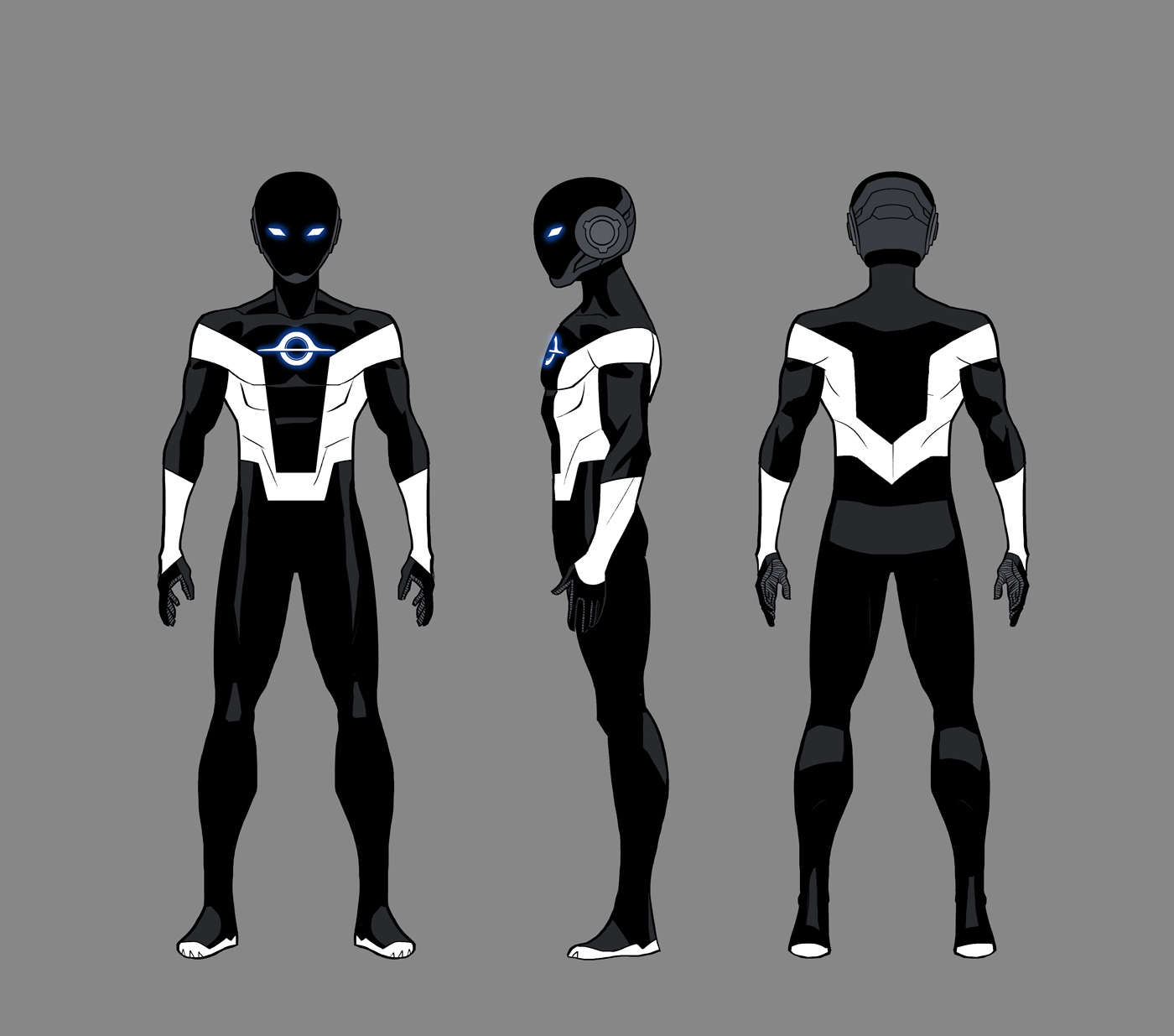
Nrama: I don't know. I think it's weird because we have so much overlay in American comic books. Superheroes, colorful costumes, unexplainable explosions, everyman-teen-becomes-galactic-savior tropes. I mean, even Spider-Man had the Captain Universe power at some point.
So yeah, it's weird that it's still this very niche thing.
Higgins: I think a lot of it has to do with how much isn't accessible to watch.
Nrama: I don't know about that. You have Pluto TV, you have YouTube, you have the Shout Factory DVDs. It's all sort of there now.

Higgins: Right, I think we are starting to see, now, that penetration of the US market. Like I said, as I've been able to watch in recent years I think that's really exciting.
First and foremost, I love superheroes and have my whole life, and been writing them for almost a third of it. It's hard to be a fan sometimes when you see the strings attached, how the stories are constructed, the patterns...so it makes being objective, while also being a fan, tough. So when you find something like toku shows that have their own style, narrative, and structural uniqueness is really, really cool. It's been a lot of fun being a fan again of something like this.
Nrama: Do you think Radiant Black is more Kamen Rider, more Ultraman, or is it somewhere in the middle of a Venn Diagram?
Higgins: That's not...something I can get into yet. [laughs]
That's a very good question but I would say it definitely has influences of both, that said...I'm also taking inspiration from another Big Two superhero series: Brian Michael Bendis and Mark Bagley's Ultimate Spider-Man, even Chuck Dixon and Scott McDaniel's run on Nightwing. All of that was so informative for me as a kid. This is book is much of a love letter to certain aspects of tokusatsu as well as my favorite western comics. Does that make sense?
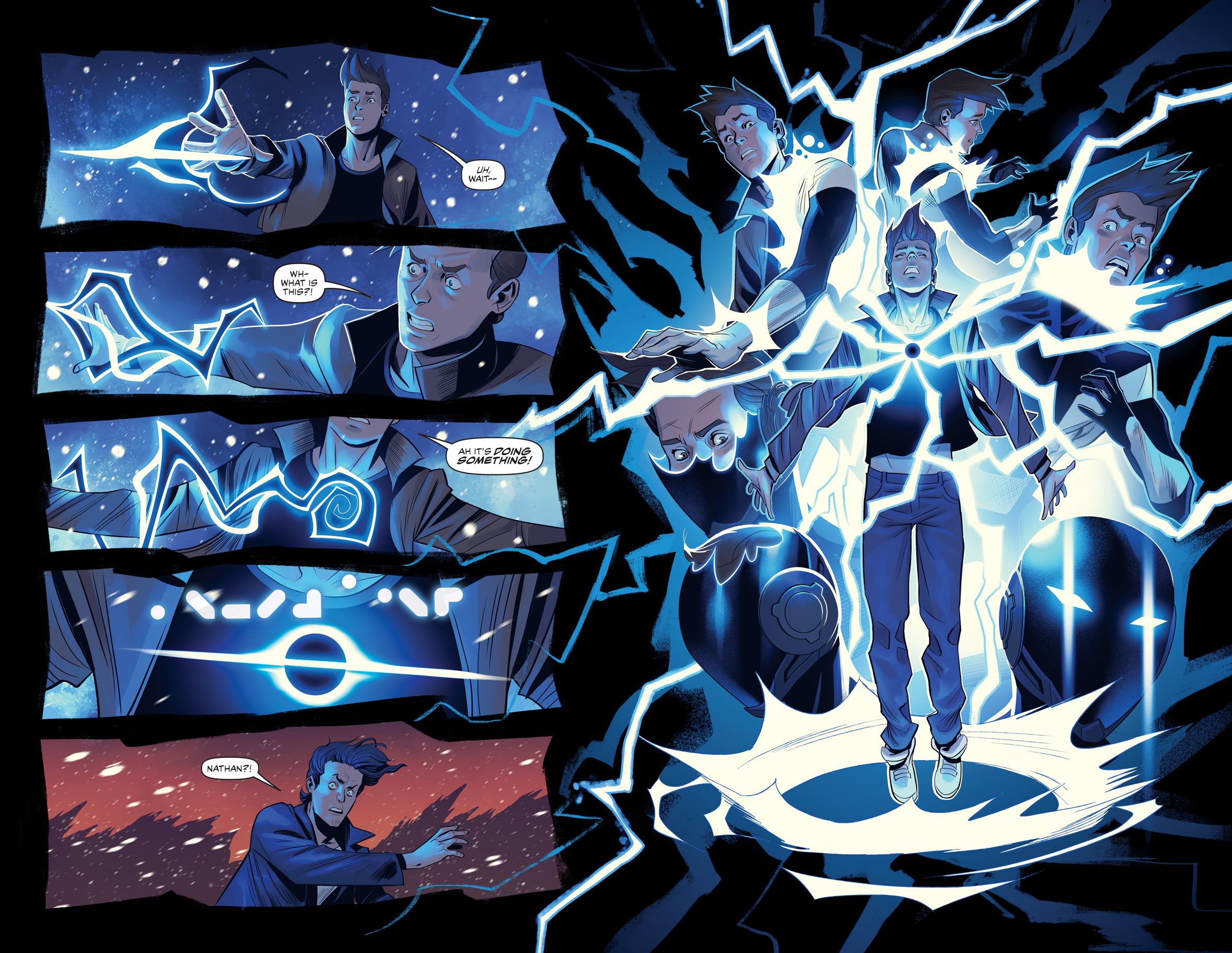
Nrama: Yeah.
The man behind the costume is Nathan Burnett. A struggling writer trying to find himself. How do you see Nathan, personally?
Higgins: Well I'm not going to lie, there is a lot of me in this book. From a character and situation standpoint, this is as much about me writing about some really big fears of mine. Both from a creator standpoint and a financial standpoint, times are tough. Things are different even 20 years ago in how we create and the path that was laid out for prior generations like going to college, getting a job, buying a house, and work your way up is very much been turned on its head for however many years.
Things like student loans, credit card debt, and trying to build out a brand for yourself is something new and something that I struggle with. Nathan is someone who is incredibly talented but also his own worst enemy. As you can see by the events in issue one, he's not delusional as far as his career prospects, when an opportunity to do something that you've wanted to do your whole life, it is very challenging to get out of your own way and head to actually take a swing at that thing.
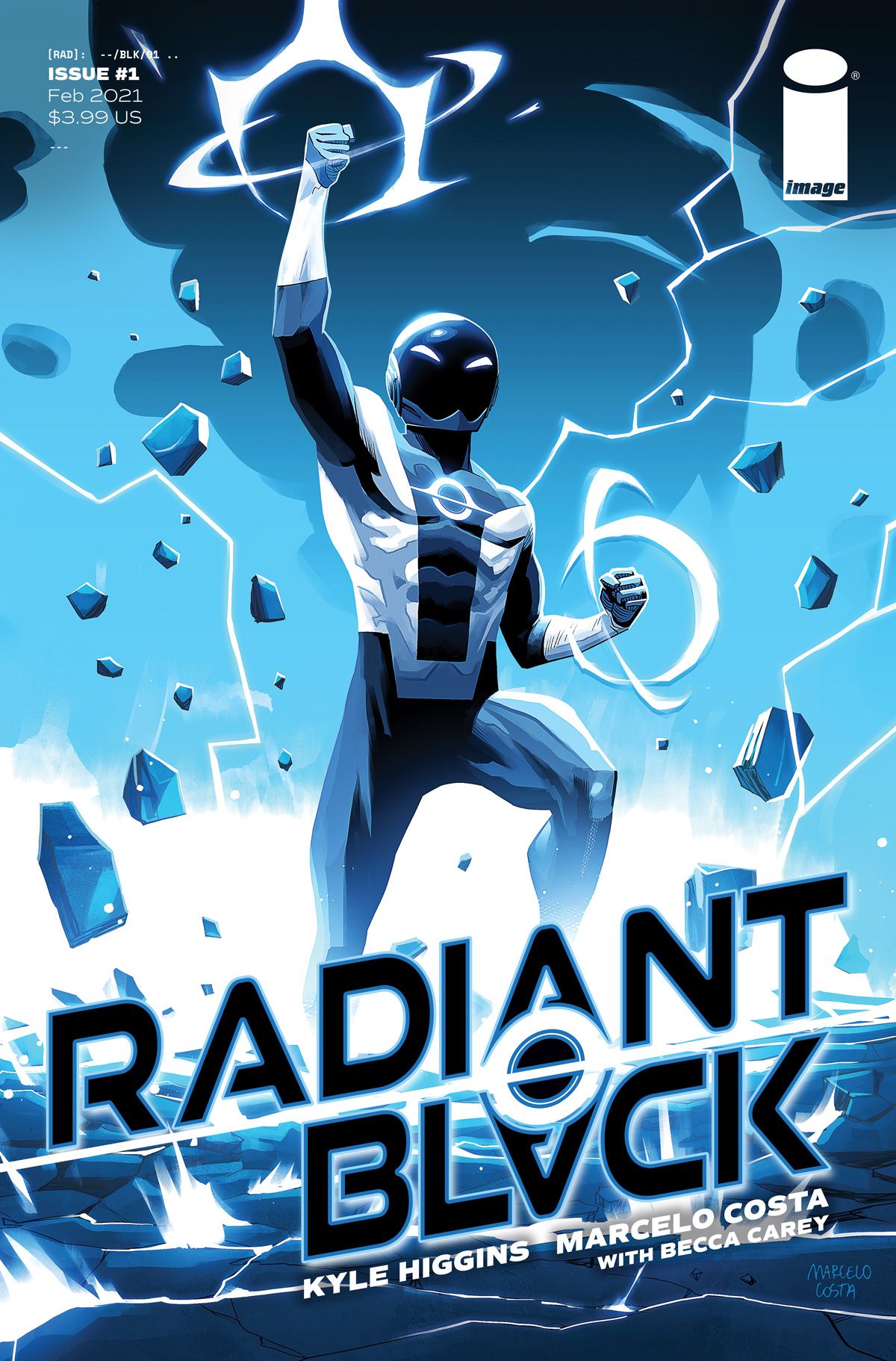
The fear of failure and self-doubt, that's a really loud drone in the background and really hard at times to tune out. I struggled with that coming out of college and I had opportunities to start writing at Marvel and DC, but I was not in a place emotionally or skill-wise to write a feature script to take advantage of the opportunities that were there. It's something that I've spent a lot of time beating myself up about over the years.
When we meet Nathan, he's going through something similar. He grew up idolizing Raymond Chandler and James Elroy with a romantic idea of what a crime fiction writer's life could be like. Spoiler alert: things have not gone according to plan.
Nrama: How did you get Marcelo Costa as the artist for Radiant Black?
Higgins: Marcelo is one of my new favorite artists as well as people. He is truly exceptional across the board. How we met was pretty cool, too. He was brought on for Self/Made, the Mat Groom and Eduardo Fergiato comic that I was the editor on, to color. I wasn't familiar with his work but when those first couple of pages came in from the first issue, we all were like 'Holy cow, who is this guy?' So much so I was showing Boom! editor Dafna Pleban and she had the same reaction, and she started hiring him for Power Rangers work.
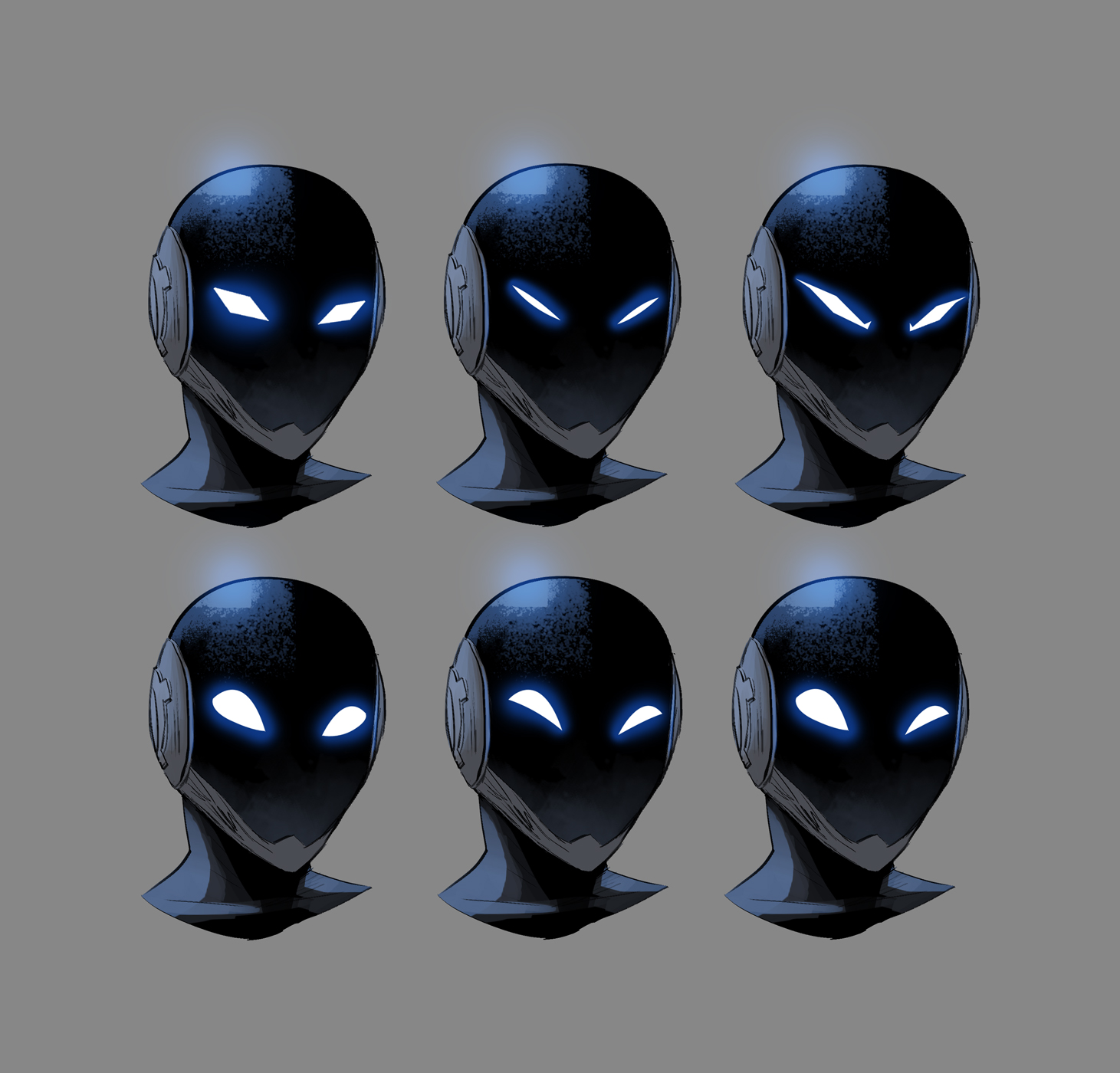
What's really cemented it for me was when he started to do designs for Nathan and the Radiant Black costume. He sent me a revision of the costume, and I stopped dead in my tracks, and told him 'Don't stop, that's it.' He knocked it out of the park.
He just keeps getting better and better. The action scenes he does in Radiant Black #2 are just next level. It's funny, I have this track record of having colorists become illustrators.
Nrama You also had Rich Bloom designing your logo as well. What were your main wants for that going in?
Higgins: Well, Rich designs all my logos. With the exception of C.O.W.L. and Dead Hand, he's done every one of my creator-owned books including the ones I'm serving as editor on. Rich is a super-talented designer and artist in his own right, but when I met him he was doing corporate logos and so for Radiant Black, initially, as we were figuring out the design aesthetic and what it was going to be. I knew we wanted some cosmic flavor, but I didn't want to do something that was super nostalgia-based.

Just because Radiant Black is taking some inspiration from toku and superhero material, I didn't want it to feel like it was a throwback. I wanted it to feel contemporary and modern as that's what we're trying to do with the book in general. That was my initial direction and once we knew Nathan's powers were coming from miniature black holes, which are called radiants, Rich was able to build out this logo that integrates a black hole as a design element.
Nrama: So let's talk about Nathan's powers as a whole. First, can you talk about what radiants actually are?
Higgins: Yeah! So, the superpowers are all tied to a miniature black hole that you will learn that is called a radiant. Nathan finds one of these in his hometown after he has to move back home as he is $40,000 in debt. But how those radiants came to be is something of a larger mythology that the series will be exploring.
The thing about the powers though is that they're kind of your standard toku enhanced speed, strength, and agility, but I wanted to introduce something that is tied to black holes.
Nathan, when transformed, he is able to manipulate gravity. So yes, he can fly, make others fly, but lift objects. Again though, how the radiants are made will be getting to down the line, but if you know anything about how black holes are made, it won't come as a surprise when you learn that this radiant was made from a dying sun.
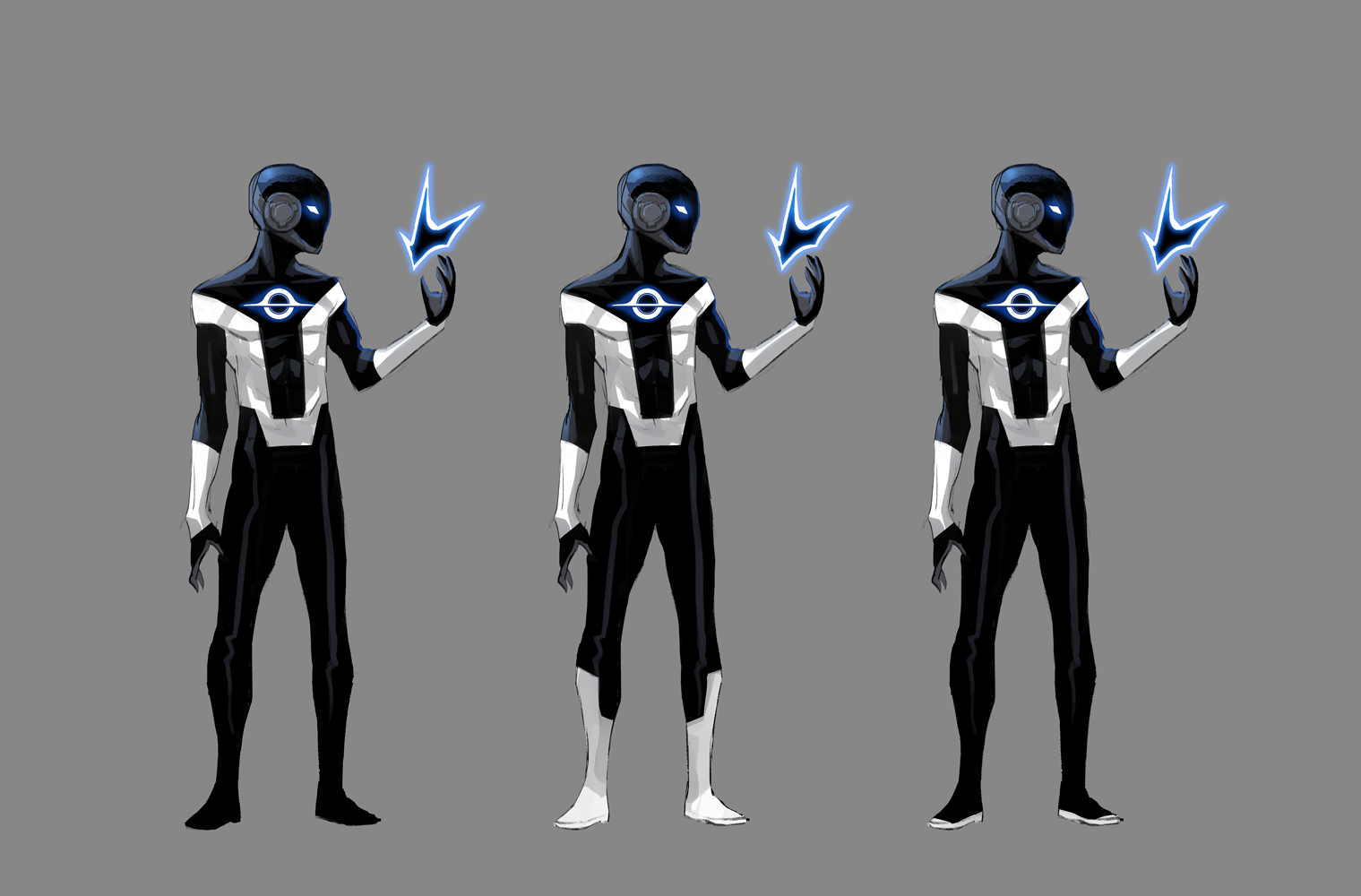
Nrama: Before we go, I noticed you base this book primarily in Chicago and another small town in Illinois; both you're rather familiar with. What is it about that city that makes it perfect for this book?
Higgins: Well like I said, there's a lot of me in this book. For example, I live in Los Angeles, but Lockport, Illinois is where my family is from. So the idea that a writer failing in Los Angeles and having to move back home is something I think about a lot.
A couple of years ago after a big breakup, I didn't have a permanent place to live in Los Angeles, so I traveled. I did actually end up back in my hometown for three months. Which was really cool in certain ways, frustrating in others.
As we build out this world and series, we do believe in Nathan. More importantly, this could be an opportunity for me to write about things that I'm afraid of. A lot of things that have informed and influenced me not only as a creator but as a person. So I'm putting everything into this and that's where the choice of cities comes from. I wanted it to be set in places that are important to me.
Lan Pitts likes watching, talking, and writing comics about wrestling. He has mapped every great taco spot in the DC and Baltimore areas. He lives with his partner and their menagerie of pets who are utterly perfect in every way.


